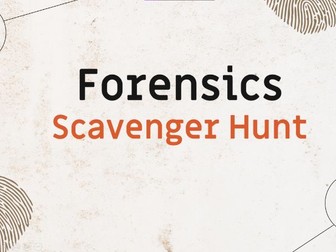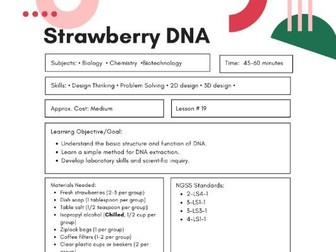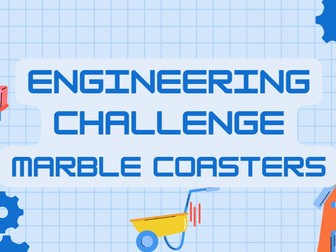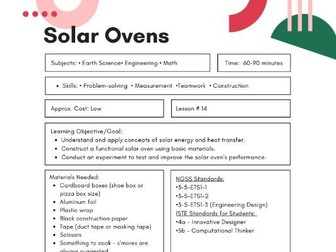Math Escape Room Lesson Plan
<p>In this math escape room lesson, students work in teams to solve a series of math puzzles and riddles to “escape” a themed room. Each puzzle is designed to reinforce key math concepts such as fractions, geometry, and basic algebra. As students solve each problem, they receive clues that lead them to the next challenge, promoting critical thinking and collaboration. The activity concludes with a debrief where students discuss the strategies they used and the math skills they applied.</p>



















